Why is accurate coding critical?
Businesses within the industrial manufacturing industry are functioning in highly complex supply chains. The right information needs to be coded onto the right products with 100% accuracy. Misleading information or poor-quality codes can have a serious impact on both processes and supply chain traceability.
Sophisticated supply chain management systems are required to coordinate the movement of products between suppliers, retailers and customers. While supplying the right product to the right location is one function of the code, the other aspects of coding and marking can have a more fundamental and basic purpose. For example, batch traceability and legislative compliance codes.
Traceability involves marking products in a way that allows them to be tracked through complex inter-related actions, from production through to distribution. The implementation of a coding system has proven to be an effective tool for manufacturers to maximise productivity and optimise both internal and external supply chain management. This is also where traceability proves to be a practical solution, allowing items or batches to be analysed in a single run or tracked via serialisation codes throughout the supply chain.
Four Commandments
Code quality and durability is becoming increasingly critical, as an ineffective code means that the code may fail to meet the requirements of the supply chain. The quality of a printed code relies on several factors: accurate placement, precision jetting, readability and contrast, good adhesion and durability in the face of environmental stresses and physical handling. Our resident coding experts identify the four coding commandments to ensure optimal code quality.
Do Not Code Outside of the Designated Print Box
Maintaining code quality also means ensuring that the code appears in the designated print box and not the branded area on the product. High production speeds can have a visible impact on the code, resulting in examples where the data is not printed within the designated code area, or the code appears ‘stretched’ across the label or surface.
Inaccuracies in your code quality is a result of your coder not being correctly configured to the production line. For example, the distance between the product and the printhead, and the angle of the printhead set up correctly to work in cohesion with the speed of the production line.
Ensure Ink Satellites do not appear around Coded Area
The presence of ink satellites (small drops accompanying the main, larger ink drop ejected from the printhead) around the code affect its legibility. Ink plays such a critical role in the process, and the best CIJ performance requires control over ink pressure, temperature and viscosity. Improved consistency and control of ink flow will also have the effect of reducing ink build-up in the nozzle, minimising line stoppages and improving productivity.
The key to solving issues around code quality are found in the printhead. If consistent drop generation is achieved, the printhead can ensure that no misplaced drops are incorrectly printed in the packaging’s surface, eliminating issues such as satellites.
Ensure Inconsistent Drop Placement does not appear on 2D or Variable Barcodes
Inconsistent drop placement can seriously affect print quality affecting the readability of 2D barcodes or variable barcodes. On-shelf promotion is a growing area of brand marketing often as part of closely integrated multichannel campaigns that make use of variable 2D matrix codes- QR codes to drive consumers to specific website landing pages.
QR codes have the ability to pack a large amount of data in a small space (holding up to 7,089 characters in comparison to 30 numbers in a traditional 1D barcode). 2D barcodes accommodate a variety of data beyond numbers including text, contact details and hyperlinks to campaign-specific website landing pages. Although these codes require a high level of precision – the slightest incorrect drop placement can significantly affect the readability of an item.
Consider Substrates When Selecting Suitable Coding Ink
When selecting an ink colour to code your product, substrates need to be taken into consideration, as a black code might not be clear on some surfaces. Printing legible codes onto certain bottles can prove to be a challenging task. Domino’s high-reliability alkali-washable yellow ink rectifies this issue, becoming a popular ink choice in the beverage sector. Dominos 2YL855i ink provides opaque yellow codes with excellent contrast on dark coloured bottles.
The 2YL855i high definition ink is the result of research and provides the market with a versatile solution that will considerably enhance a customer’s production lines.
This ink is predominantly suited for use in returnable glass beverage plants as it can be readily removed when the bottles are ‘caustic wash’ cleaned for refilling. With good adhesion even in areas where surface condensation is present and fast drying properties, this ink is suitable for beer, soft drinks and other beverage applications.













